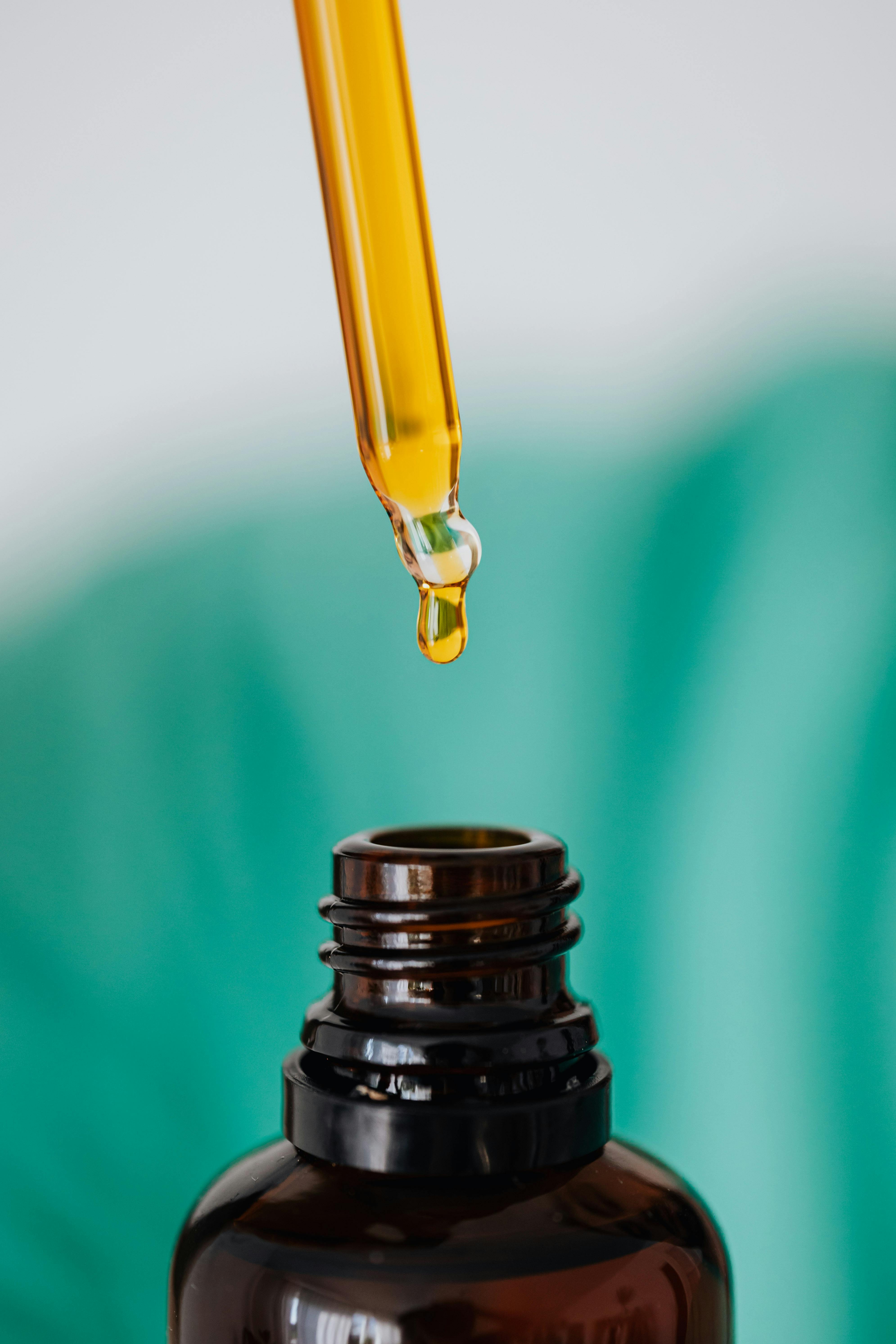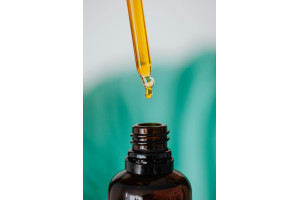The Comprehensive Guide to Psilocybin Mushrooms

Psilocybin mushrooms, also known as magic mushrooms, shrooms, or psychedelic mushrooms, are a family of psychoactive fungi that have been used by human cultures for thousands of years. With the growing interest in psychedelic research and its therapeutic potential, psilocybin mushrooms are once again capturing the attention of both scientists and the general public. This article explores their history, effects, potential risks, and current scientific developments.
Table of Contents
- Introduction to Psilocybin Mushrooms
- Mechanism of Action
- Historical and Cultural Use
- 3.1 Prehistoric Use
- 3.2 Western Discovery and the 1960s Counterculture
- Current Usage and the Psychedelic Renaissance
- Psychoactive Effects
- 5.1 Visual and Sensory Effects
- 5.2 Cognitive and Emotional Changes
- Comparing Psilocybin to Other Psychedelics
- 6.1 LSD, Mescaline, and 2C-B
- 6.2 Unique Qualities of Psilocybin Mushrooms
- Safety and Risks
- 7.1 Potential for Abuse and Addiction
- 7.2 Psychological Risks
- Therapeutic Potential and Ongoing Research
- 8.1 Treatment for Anxiety and Depression
- 8.2 Addiction and Mental Health Disorders
- Frequently Asked Questions (FAQs)
1. Introduction to Psilocybin Mushrooms
Psilocybin mushrooms, commonly referred to as "magic mushrooms" or "shrooms," are fungi that contain the psychoactive compound psilocybin, which belongs to the tryptamine class of psychedelics. Psilocybin is the primary compound responsible for the mushrooms' mind-altering effects, although its exact mechanism of action is not fully understood. It is believed to work by interacting with serotonin receptors in the brain, specifically the 5-HT2A receptor, which plays a key role in mood regulation and perception.
Psilocybin mushrooms are found on every continent and belong to over 200 different species, with the most potent varieties classified under the genus Psilocybe. These mushrooms have been used for millennia by different cultures and continue to be a subject of scientific and therapeutic interest.
2. Mechanism of Action
The precise mechanism by which psilocybin induces its psychedelic effects is still not fully known. However, researchers believe that its effects are linked to its interaction with the brain's serotonin system. Psilocybin is rapidly converted into psilocin in the body, which then binds to serotonin receptors, particularly the 5-HT2A receptor. This receptor is associated with perception, mood regulation, and cognition, and its activation is thought to produce the altered states of consciousness that users experience during a psilocybin trip.
3. Historical and Cultural Use
3.1 Prehistoric Use
Imagery found in prehistoric rock art suggests that psilocybin mushrooms have been used by humans since ancient times. Various indigenous cultures, particularly in Central and South America, used these mushrooms in spiritual and religious rituals. They were often consumed in ceremonial contexts to facilitate communication with the divine or to gain insight into personal or communal issues.
3.2 Western Discovery and the 1960s Counterculture
Psilocybin mushrooms were introduced to the Western world in the 1950s, primarily through the work of mycologists and ethnobotanists like R. Gordon Wasson. They gained popularity in the 1960s, where they became central to the youth counterculture movement, alongside other psychedelics like LSD. The use of psilocybin mushrooms during this time was often associated with exploration of consciousness, creativity, and rebellion against societal norms.
However, by 1970, public backlash and concerns over the uncontrolled use of psychedelics led to their prohibition under the Controlled Substances Act in the United States, effectively halting most research into their therapeutic potential for decades.
4. Current Usage and the Psychedelic Renaissance
Today, psilocybin mushrooms are among the most widely used psychedelic substances. This is partly due to the relative ease with which they can be grown or harvested in the wild. There has been a resurgence of interest in the therapeutic potential of psychedelics, sometimes referred to as the "psychedelic renaissance." Researchers are now exploring the use of psilocybin in treating various mental health conditions, including depression, anxiety, addiction, and PTSD.
5. Psychoactive Effects
Psilocybin mushrooms can produce a wide range of subjective effects, which vary depending on the species of mushroom, dosage, and individual sensitivity.
5.1 Visual and Sensory Effects
Users often report changes in visual perception, including enhanced colors, geometric patterns, and hallucinations. The intensity of these effects can vary, ranging from subtle distortions to vivid, otherworldly imagery.
5.2 Cognitive and Emotional Changes
Psilocybin mushrooms are known for their ability to induce profound changes in thought and emotion. Users often experience enhanced introspection, altered conceptual thinking, and time distortion. Many describe a sense of euphoria and emotional release, while others report "ego dissolution," where the boundaries between the self and the outside world become blurred.
6. Comparing Psilocybin to Other Psychedelics
6.1 LSD, Mescaline, and 2C-B
While psilocybin is similar to other classic psychedelics like LSD, mescaline, and 2C-B, it is often reported to have distinct qualities. Users of LSD often describe its effects as more "stimulating" and "cerebral," while mescaline is noted for its clarity and vivid visual effects.
6.2 Unique Qualities of Psilocybin Mushrooms
Psilocybin mushrooms are typically described as having a more "earthy" and "dream-like" quality compared to other psychedelics. Users often experience deeper emotional connections, stronger time distortion, and greater ego loss. However, they are also more likely to produce nausea, confusion, and sedation.
7. Safety and Risks
7.1 Potential for Abuse and Addiction
Unlike many prohibited substances, psilocybin mushrooms have low abuse potential. They are not physically addictive, and there is no evidence to suggest they cause physiological harm when taken responsibly. This makes them safer than many other recreational substances.
7.2 Psychological Risks
However, psilocybin mushrooms are not without risks. In some individuals, particularly those predisposed to mental health conditions, they can trigger adverse psychological reactions. These can include severe anxiety, paranoia, delusions, or even psychosis. Therefore, it is important for users to approach psilocybin mushrooms with caution and to use them in a controlled, supportive environment.
8. Therapeutic Potential and Ongoing Research
8.1 Treatment for Anxiety and Depression
Recent studies have shown that psilocybin may be effective in treating anxiety and depression, particularly in patients who have not responded to traditional treatments. Psilocybin-assisted therapy has been found to induce lasting changes in mood and outlook, often after just one or two sessions.
8.2 Addiction and Mental Health Disorders
Psilocybin is also being studied for its potential to treat addiction, PTSD, and other mental health disorders. Early clinical trials suggest that psilocybin can help reduce symptoms in individuals struggling with substance abuse and may promote long-term recovery.

